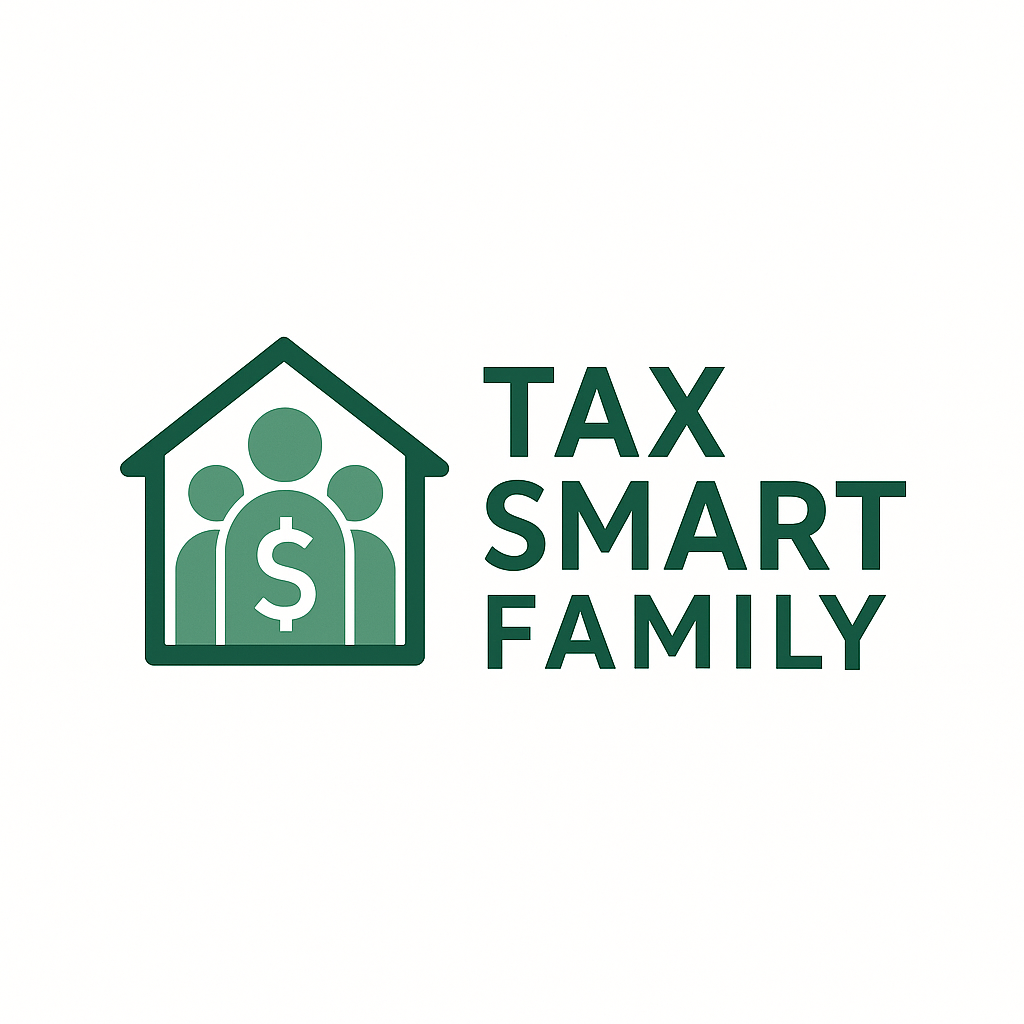How to Automate Contributions to Your Child’s Custodial Roth IRA
Making investing a habit — for you and for them
Opening a Custodial Roth IRA is an incredible first move.
But opening it is only the beginning.
The real power comes from what you do afterward:
Automating small, steady contributions over time.
In this post, I’ll break down:
- Why automation is non-negotiable
- How we set up automatic contributions
- How we introduce investing habits to our kids
- Mistakes to avoid when building the system
Why Automation Matters
Most families set good intentions about investing for their kids.
But good intentions lose to real life:
- Schedules get busy
- Priorities shift
- Market fears creep in
- Extra money gets absorbed into daily expenses
Automation solves that.
A small automatic contribution:
- Keeps growing whether or not you think about it
- Turns money into a system, not a decision
- Removes emotional reactions to markets
It’s a simple lever — but it changes the entire outcome.
How We Automate Contributions
1. Link the Correct Funding Account
After opening the Custodial Roth IRA, connect:
- A custodial checking account
- Or your own parent checking account if managing funding flows directly
Make sure the linked account is reliable and low-fee.
2. Set Up a Recurring Transfer
Use your Roth IRA provider's portal (Fidelity, Schwab, Vanguard) to schedule:
- Monthly contributions
- Biweekly contributions (optional, mimicking payroll)
We chose monthly for simplicity:
- $500 monthly = $6,000/year
- Easy to match work paychecks and internal payroll logs
If you can't max the limit, pick a number that works and stick to it.
Even $50/month makes a massive difference with time.
3. Automate the Investing Step Too
Most people automate contributions but forget to invest the cash.
Set a default:
- Automatically buy a total market index fund (like FSKAX or SWTSX)
- Or a target-date fund based on when your child turns 60
No cash pile-ups sitting idle.
How We Teach Our Kids About It
Keep It Visual
Young kids don’t understand percentages — but they understand:
- Planting a seed
- Watching something grow
- Waiting patiently
We frame investing as:
- Planting money seeds
- Watering them every month (automatic contribution)
- Watching the tree grow taller over years
Show Them Progress
Once a quarter, we:
- Show account balances visually
- Talk about how many "trees" they planted
- Relate new growth to monthly contributions
It’s not about market timing or fear.
It’s about ownership and time.
Reinforce Ownership
We remind them:
- The money is theirs
- Their work helped create it
- Their patience will make it bigger
It’s a simple mental model: work → invest → growth.
That’s the whole game.
Mistakes to Avoid
- Setting automation but forgetting to invest the funds
- Missing a month and falling off track completely
- Making contributions inconsistent with documented earned income
- Overcomplicating the conversation with young kids (keep it simple)
How It Looks Over Time
Even $100/month, automated from age 7 to 17, invested at 7%:
- Total contributed = $12,000
- Grows to roughly $24,000 by age 17
- Left untouched, it could exceed $250,000 by retirement age
That’s without needing perfect market timing or genius investment picks.
Just steady, boring, automated action.
Final Thought: The Magic Is in Small, Consistent Moves
The best part?
After setting up automation once, there’s almost nothing left to do.
You don’t need to guess.
You don’t need to time the market.
You don’t need a 50-step investing plan.
You just keep watering the seeds.
And you teach your kids that some of the best things in life happen slowly, steadily — and inevitably — if you’re willing to be patient.
Next post: The exact investment options we use for our kids’ Roth IRAs — simple, low-fee, no-stress.
Disclaimer: The information provided in this post is for general educational and informational purposes only. It is not intended as, and should not be construed as, financial, legal, tax, investment, or other professional advice. You should consult with your own qualified advisors before making any financial decisions. We disclaim all liability for any actions taken based on the content provided.
